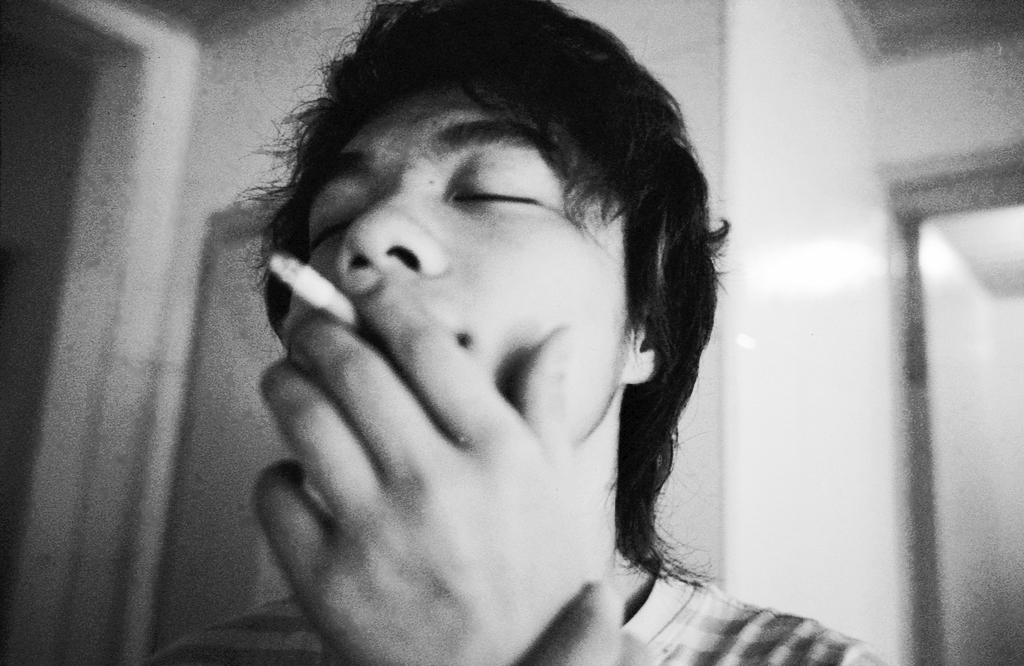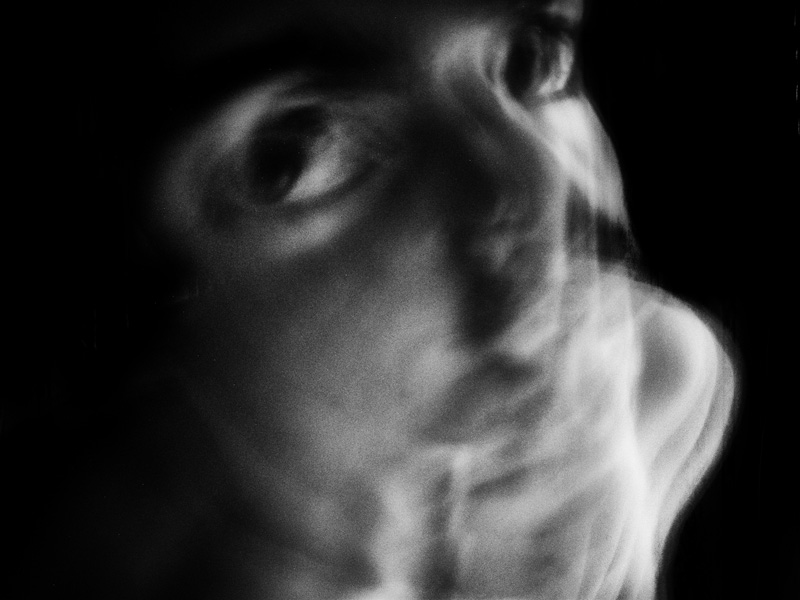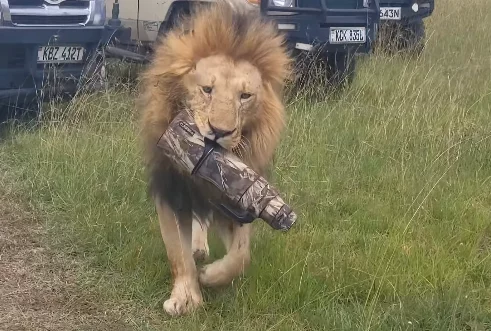Storytelling with photographs can be a really challenging thing. We humans are programmed to use words in order to describe or tell a story. If you want to do that with photography only, you’ll need to let the photos speak for themselves. Which is actually a much harder exercise than it sounds.
To tell a story with photographs, not only does it require a perfect execution of the photographs themselves, but the concept behind them has to be suitable or adjusted to fit that medium. This calls for meticulous pre-planning, and lots of experience in execution of the idea.
Improving composition is critical for decent photography storytelling. That's where this excellent course guide by Photzy really comes in as a very useful resource “Advanced Composition Guide.”
So, with all that said, how does one gain experience in all that?
Start With Yourself
You Are Your Own Resource For Practice.
Since you can bring your camera with you almost everywhere, you can basically try to tell your own life story. It might sound a bit vague, but in reality, you can tell quite a lot just from your everyday life.
Try picturing your regular day, but instead of shooting hundreds of pictures, try to do it in just 5. After that, show them to someone and see if they experience the story as your regular day.
Analyze the feedback, and try to understand where you went wrong. In fact, you can explain to the viewer what you are trying to achieve and then ask why it didn't work, according to them.
With the input of several people, you now have a data set which has overlapping points. Meaning – you now know where you've gone wrong. This critique is so valuable to stepping up your skills because it enables you to learn from mistakes or just have further ideas on the table.
Next, Rinse And Repeat
Now try again.
Of course you’d want to pick a different subject this time, but it can still be you and your life. For example, try to describe the relationship between you and your parents.
This time, take into consideration the feedback from the last attempt and correct it. Additionally, be self-aware and critique your own work, and try to find your mistakes on your own as well. That way you'll have more data and more things you'll be able to correct.

Photo by Gao Zheng
Don't change the scale though, keep it in the same amount of pictures from the last time. You should stick to shorter stories until you are confident enough that you can take on larger ones.
Gain More Feedback
After the smaller circle of people around you gives you the thumbs up, you should try some outside viewers. This is important because of two things:
- Your circle of people will never be completely honest with you. They will throw in a white lie just to soften the blow, because they'll feel guilty if they are too harsh.
- They know you, and your life story. So even if the photo story isn't completely right, they can still connect the dots and fill in the blanks. This does you no good in getting better at what you do. A stranger needs to figure out the story themselves.
Rinse And Repeat
Just like the last time, you gain data, you analyze it and you apply it. But don't deviate from what you do. Keep using yourself as the main protagonist. It is the easiest way to do it since you don't have to think too hard and far for a story – you have it anyway.
What You Should Look For:
- Keeping a documentary style when photographing.
- The look and feel of the photographs needs to be clear and efficiently framed and selected.
- The theme should always be present.
- Every picture should be able to exist on its own, but it has to be complementing the series as a whole.

Photo by Zaytsev Artem
The visual style must be present and identical. If the photos aren't visually compatible and uniform, the viewer won't experience them as a whole, as a series.
And most importantly, moments. Be very vigilant about the simple things, the small things. A micro expression, a small gesture, fitting in the surroundings (think factory worker in a factory), and so forth.
Improving composition is critical for decent photography storytelling. That's where this excellent course guide by Photzy really comes in as a very useful resource “Advanced Composition Guide.”
Summary
Storytelling is all about the story, obviously.
However, even the best idea won't save you from bad execution, though if the story is clear, minor technical errors won’t harm it badly. At the end of the day no picture is technically correct.
Therefore, use yourself as an example and practice, find the mistakes you are making and correct them, then try again. And again, and again. Don't stop. It is a slow process, but well worth learning, because who needs words when you have your camera with you.
Further Resources
- How to Tell a Story with Your Photographs by Chase Guttman
- 15 Easy Tricks For Getting Better Photographs by Federico Alegria
- These 3 Simple Facts Show You How to Take Control of Your Camera by Light Stalking




